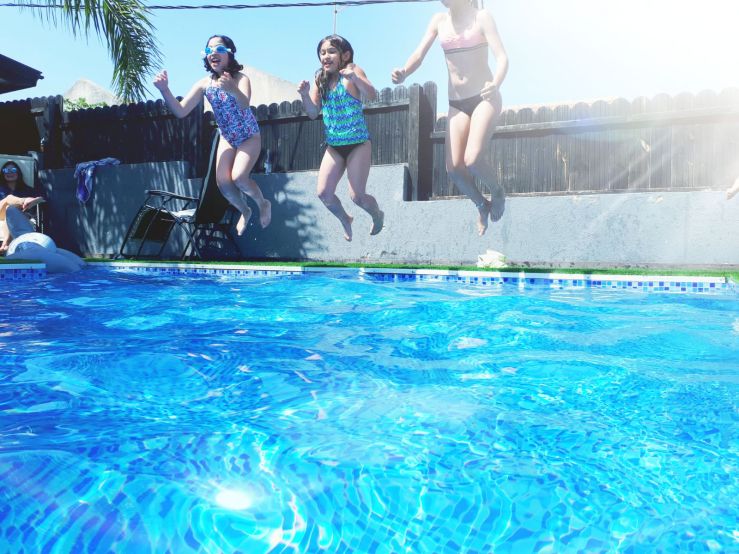 Photo credit: Daniela Lamesh
Photo credit: Daniela Lamesh
Remarkably, there were no snow days (on the East coast) of Newfoundland this winter; but a quirk of nature and an airport closure meant that I had successive snow days in Dublin instead.
Being away made things feel busier, but I managed to write two research-related applications, deliver as a Keynote Address at mid-term time, begin a new research paper, and work on a video project. All were new projects that I managed to get underway while also doing the follow up on the ‘follow through.’
I’ve written previously about the follow through. It often works something like this: you give a conference paper and the session organizer suggests panel members revise and submit their papers to a journal, as a special issue for consideration for publication. Or, the workshop coordinator suggests everyone revise part of their papers for submission, next month, to a blog carnival. Or, the paper you submitted the previous term comes back Revise and Resubmit. Or, (and, in my case) the editors of the volume to which you contributed previously ask you to submit a chapter for an upcoming volume.
When I say yes, the ‘follow through’ is the job of completing all this while also continuing to write. Here are the some strategies I use:
I think very carefully before I say yes.
I ask: Do I have a reasonable sense of the time commitment that’s required? Can I make time for this commitment? Does agreeing to this commitment still allow me time for other writing? And, can I say yes without sacrificing sleep or holidays? Sometimes, the answer is no.
I accept that I’ll be working on more than one writing project at a time.
The reality is that I haven’t had the luxury of a single, focussed writing project since I was a graduate student. But, I do have some control over how many writing projects I take on, and I have accepted that this number will be more than one. I also know that moving from one writing project to another, to another, in a single day will exhaust me more quickly, so I plan accordingly.
I schedule writing time and prioritize it.
Except on Saturdays, I write every morning. Then I work around the writing time that’s already scheduled on my calendar. I don’t feel guilty about prioritizing writing. I don’t apologize for time spent writing.
I write in small portions of time. Sometimes.
I was really skeptical about this advice when it was first given. Really, what can be accomplished in 15 minutes? Apparently, more than you might think. Creativity is not correlated closely with time. While I’d still rather have a longer uninterrupted period for writing, the strategy of writing in small portions of time helps when I have a lot of projects and when deadlines are close together. I also use this strategy as a way to continue thinking, and for returning to writing more easily.
I make lists.
Lots of lists. They’re all over the place. I note all of the writing project tasks on the same list, in order of importance. I keep lists where I can see them. I don’t get rid of them until I’ve completed all of the items on them. This means I could look at the list for days, or until I do the tasks that I’m avoiding.
I leave my writing projects where I can see them.
Out of sight, out of mind. For me, at least. I recently bought a new piece of furniture with ten cubbies; each one holds the notes for different writing projects. I can see them from my desk, and I don’t ever have to go digging around in closed file drawers. I try to imagine that my writing projects are like houseplants: they don’t like to be neglected. (Sorry, there’ll be no photos of this fabulous piece, light oak and made in Canada by CB2; it’s not piled neatly enough to share photos).
All of these strategies help me to stay organized, but they do not decrease the pressure of deadlines.
Deadlines, I’ll just have to live with.